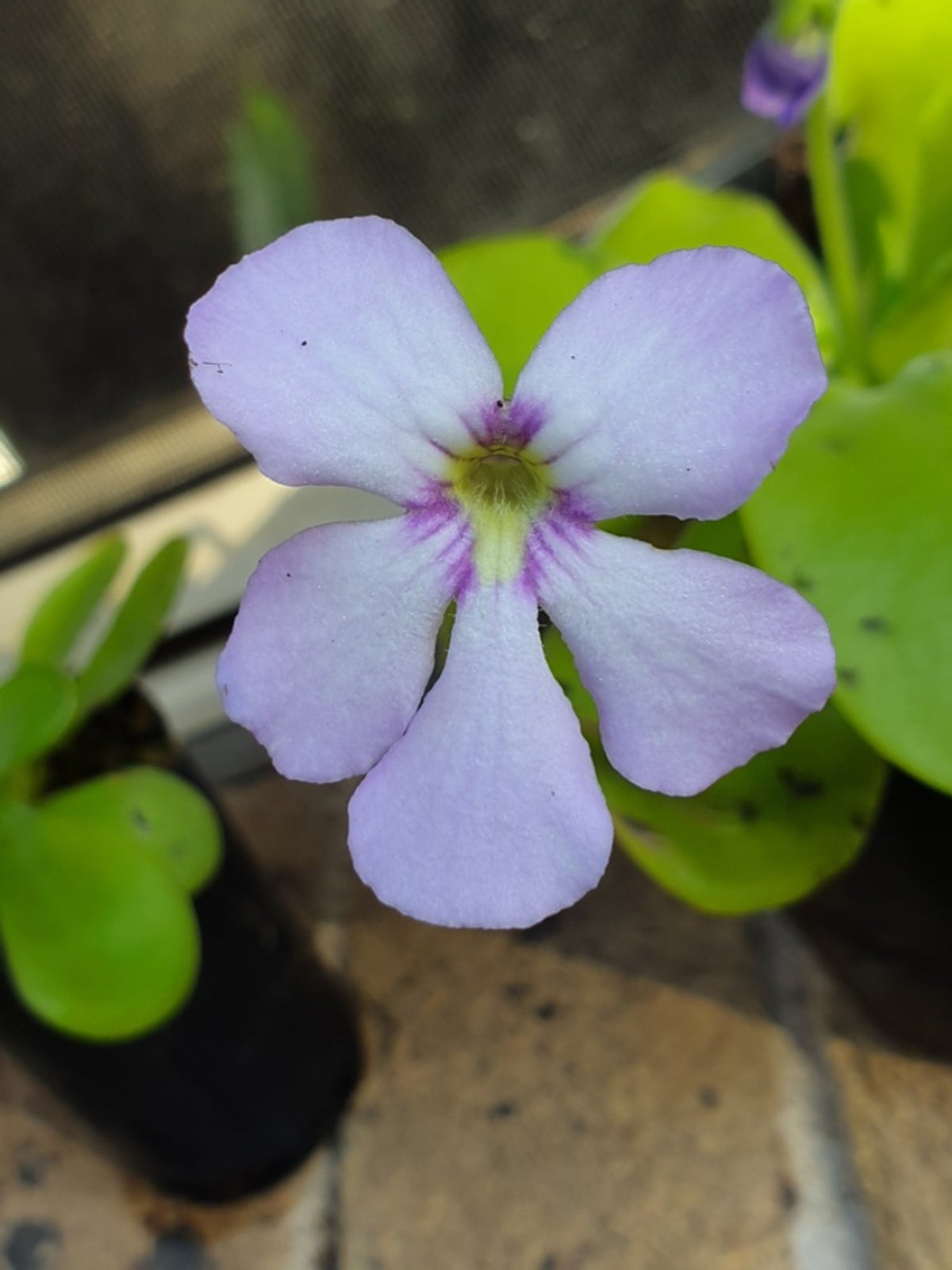Carnivorous Butterwort Care - How To Grow Butterworts


Most people are familiar with carnivorous plants such as the Venus flytrap and pitcher plants, but there are other plants that have evolved as predatory organisms, and they may be right under your feet. The butterwort plant is a passive trapper, which means it doesn't actually use movement to snare its prey. The plant is common throughout the southeastern United States, with 80 known species. Let's learn more about carnivorous butterworts.
What is a Butterwort?
Butterwort plants (Pinguicula) are tiny plants that can go unrecognized until they bloom. The leaves are a soft greenish yellow color, which probably led to the name. It could also be from the slightly greasy or buttery feel of the leaves. The plant forms low rosettes and blooms in spring with yellow, pink, purple, or white flowers. Site conditions must be considered when learning how to grow butterworts. Carnivorous butterworts like alkaline soil where nutrients are poor and the site is warm and moist to boggy (as with many types of carnivorous plants). The plant's leaves have a coating of an insect-trapping resin. The prey of choice for these tiny plants is gnats, which give up valuable nitrogen for the plant to use.
How to Grow Butterworts
You can grow butterwort plants outside in temperate to warm zones or in a pot as annuals. In USDA zones 10 and 11, the plants will persist as perennials and grow new rosettes, multiplying the plant's diminutive size. The best soil for container plants is a mix of peat moss with equal parts vermiculite or sand. Plants situated outdoors will do best in moist soil or even near water. Carnivorous butterworts thrive in sun to partial shade. The plants must never dry out, though potted plants should also have good drainage. Butterworts must experience a dormancy period to regrow and bloom each spring. Cut back the dead leaves in late winter or early spring to encourage the new growth.
Butterwort Care
The butterwort plant is fairly self sufficient. It shouldn't be grown indoors unless you have a gnat problem, but outside it can gather its own food. The plant attracts tiny insects that get stuck in the slimy, slick coating on the leaves. Their struggle encourages the release of a digestive enzyme. Provided the plant is in correct light, temperature, and moist conditions, the little butterwort will thrive. It is not bothered by many diseases or pests. The most important consideration for butterwort care is the quality and frequency of water. The plant cannot dry out or it may die. The type of water is crucial, however, as the plant is sensitive to certain minerals and concentrations of salt. Use rainwater if possible, otherwise use distilled water.
Sign up for the Gardening Know How newsletter today and receive a free copy of our e-book "How to Grow Delicious Tomatoes".

Bonnie Grant is a professional landscaper with a Certification in Urban Gardening. She has been gardening and writing for 15 years. A former professional chef, she has a passion for edible landscaping.